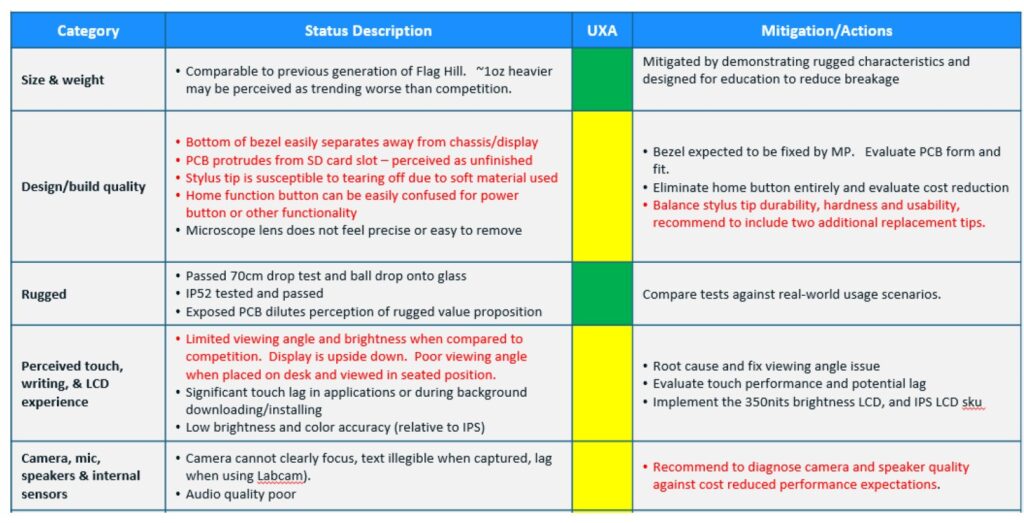Research Objectives & Role
Investigate priorities to design low-cost yet rugged purpose-built computing devices and learning tools for education systems worldwide.
Products: Six generations of laptop and tablet reference designs and software applications for digital learning, classroom management & IT.
Research Scope: Ethnographic field studies, contextual interviews, concept testing, usability studies, design workshops, surveys.
Design Scope: Strategic product opportunity proposals, detailed design requirements, wireframes, prototypes, design team leadership.
Context & Challenge
Up until 2007, computers used in education systems were out of reach for many school systems worldwide due to costs, poor Internet connectivity and a lack of skilled IT management and trained educators. The digital divide continued to widen with hundreds of millions of kids around the world who never have used a computer
The ‘netbook’, a low-cost, low-power laptop alternative was introduced later that year along with a flood of Android and Apple tablet devices. Although the low-cost of ownership of netbooks and tablets were appealing for school IT departments, original netbooks were difficult to maintain and were missing the tools needed to be supported in inclusive global learning contexts.
My initial foundational UX research began with deep-dive contextual observations and user experience assessment interviews to identify perceptions, attitudes and usage of computers in mature markets. This established a UX baseline to understand value and maturity of e-learning usage in schools.

- Dedicated IT staff
- Committed educators
- Downtime due to broken pieces and break/fix cycles
- Digital curriculum
- Connectivity
- Safe online access
- Digitally literate educators and students (pre-existing exposure)
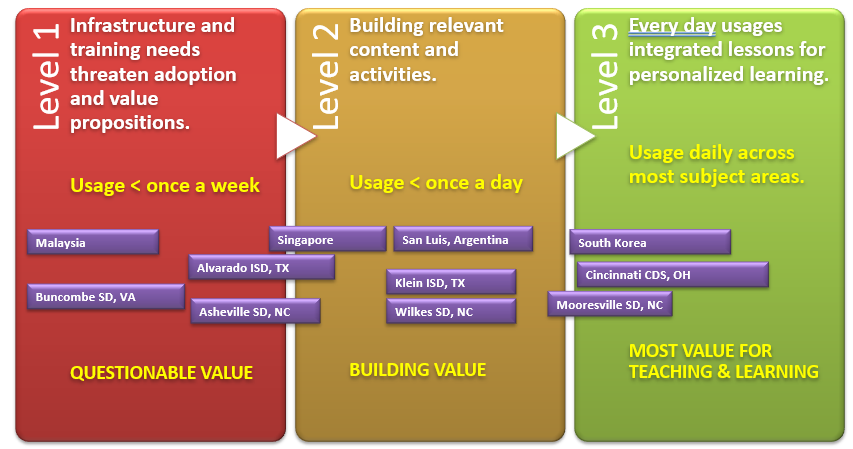
The Emerging Market Context
Research Question: What design features and innovations would improve the e-learning experience in global school systems and what trade-offs should be prioritized due to cost structures & constraints?
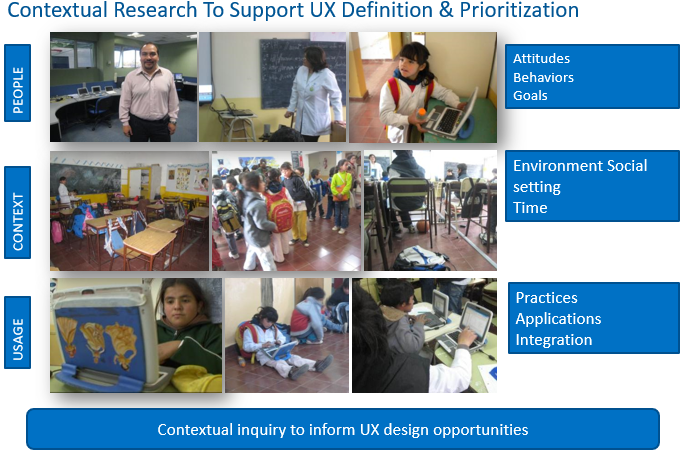
Researching The Emerging Market Education Ecosystem
I conducted hundreds of contextual interviews, observed classes in session & tested future concepts with teachers, IT managers, principals, ministries of education leaders, students, parents, curriculum planners and education technology specialists across 4 continents.

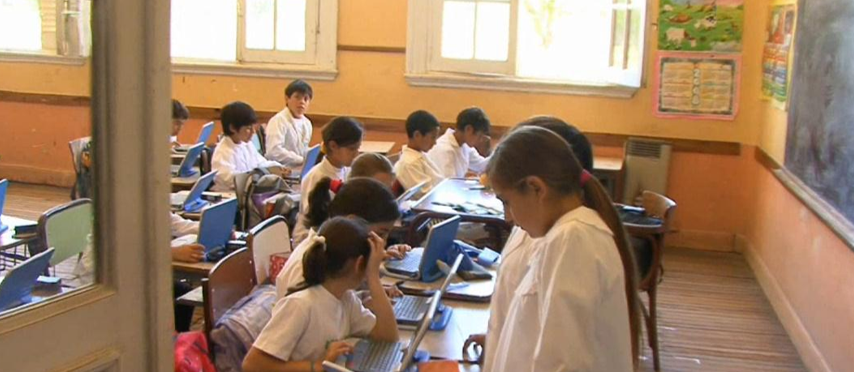


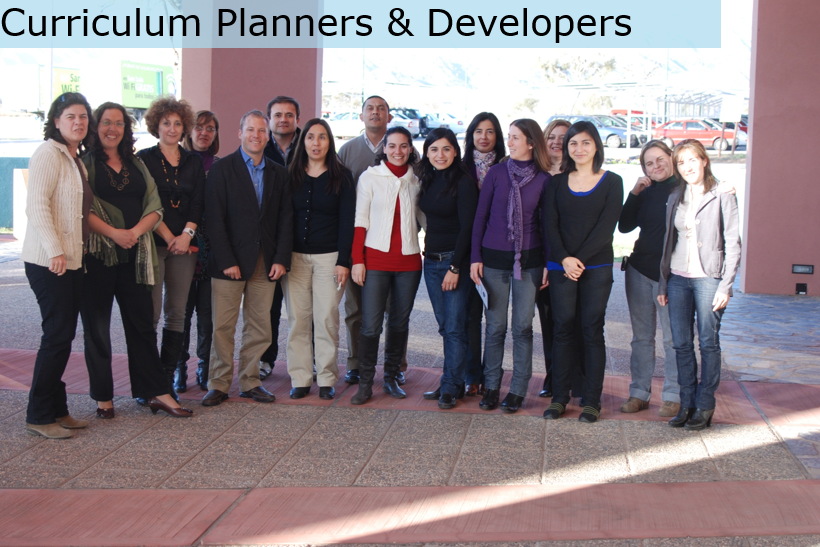
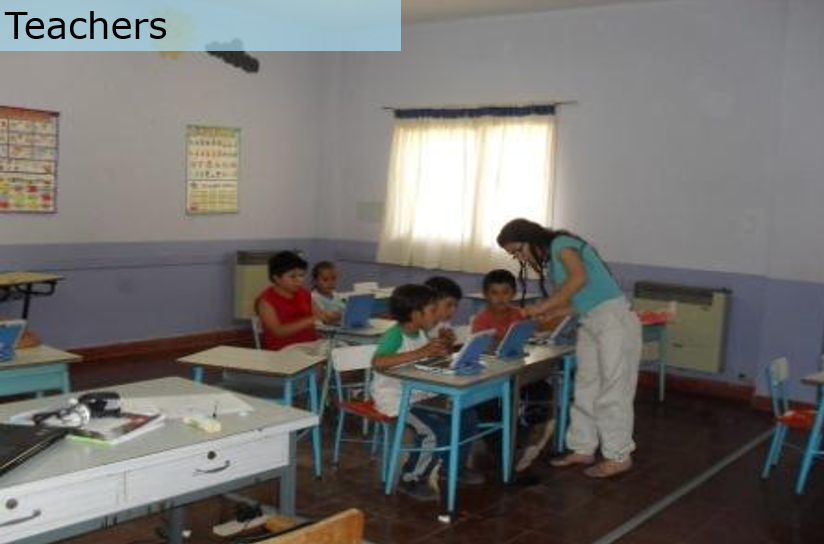


My research identified pain points, perceived barriers to adoption and innovation opportunities to fulfill needs within complex education systems. A few of the high-level pain points and design objectives that became part of the team’s North Star for product design and innovation are as follows:
Pain Points
- Unreliable power and connectivity
- Limited or absent IT resources
- Cramped spaces with frequent movement around the school
- Ambivalent & poorly trained educators
- Lack of digital literacy
- Tendency for misuse & distractions
High-Level Design Objectives
- Access to offline digital learning resources & adequate battery life
- Approachable IT management, anti-theft & online safety tools.
- Affordances for carrying and protection from spilling liquids, dropping
- Software & to support locally relevant learning outcomes
- Essential training and software for self-directed learning & curiosity
- Built-in simplified classroom management software.
Each research activity scaffolded a tacit understanding of design opportunities for future innovations and iterations of the Intel Education PC. Based on my research insights, a user-centric outline of our North Star design goals took form:
Formative Research Methods Employed
Semantic differential ratings were correlated with in-situ qualitative data to discern the ‘why’.
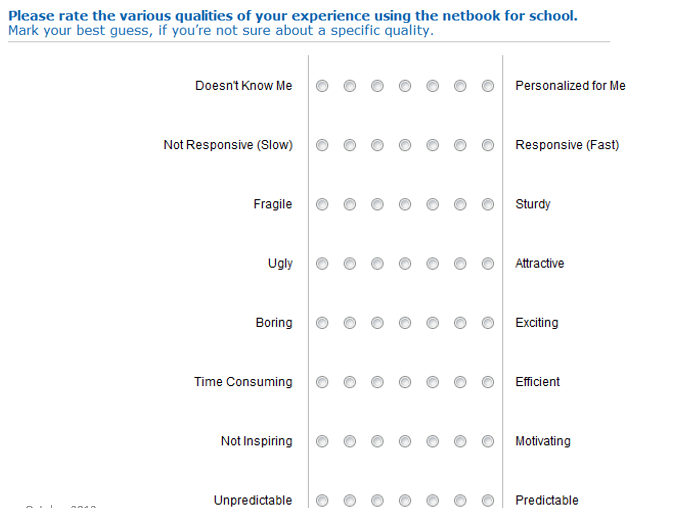
From Research to The Innovation Funnel
Armed with rich generative research insights, it was time to dive in to design priorities and requirements. I brought our team of industrial designers, UX designers, hardware engineers and product managers into our newly constructed design studio to tell stories about our customers, share photos and videos of device usage in action, hold ideation sessions and lead participatory design activities to prototype concepts for software and hardware we could potentially enable.
UX Roadmapping – Design Thinking Informed by Research With Subject Matter Experts
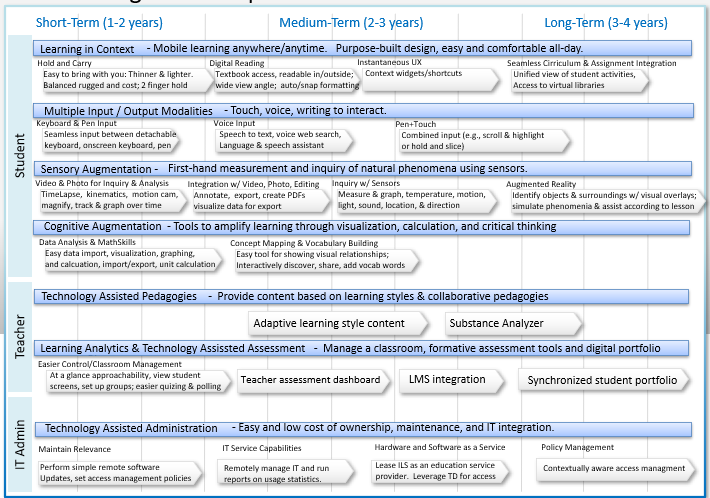
Design Prototyping
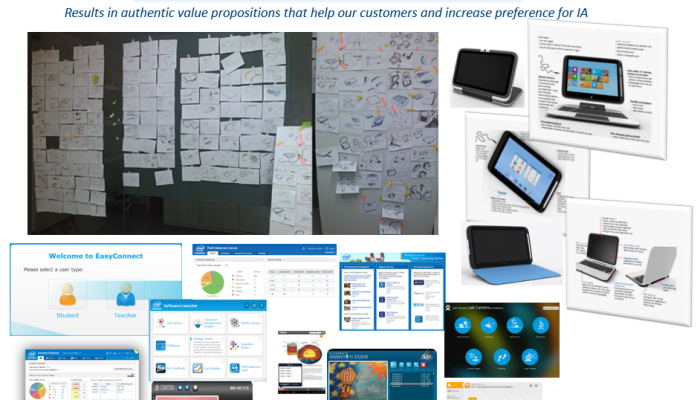
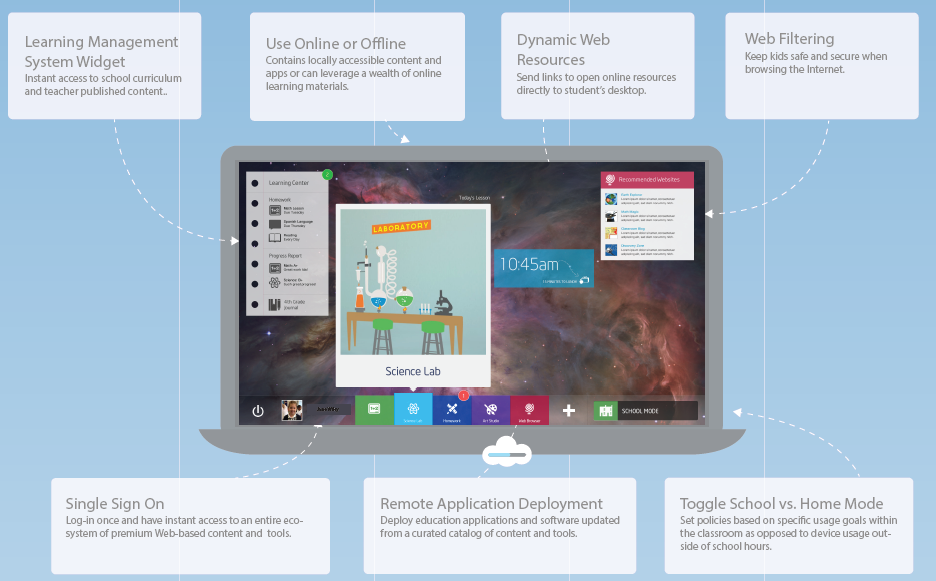
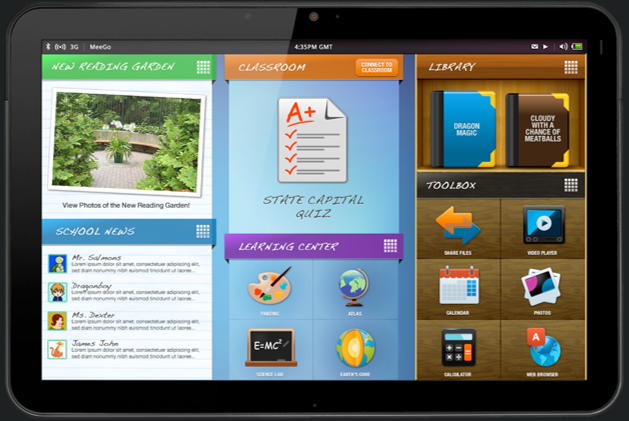
Once design options were flushed out and agreed on as viable innovations and product opportunities, I defined a series of 80 concept cards to take back in the field to research feature priorities and preferences with ministries of education and local OEMS. The resulting card sort data and feedback helped us further funnel the trade-offs necessary to balance investments and cost with innovation and differentiation in hardware and software that was valued by our customers.
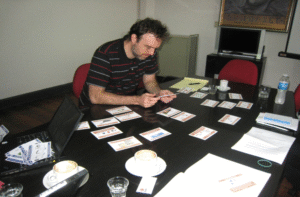

Insights from concept card sorting research led to strategic UX discussions with technology and business executives to prioritize investments and resourcing of new product capabilities and software acquisitions/development.
The next step in the research journey was to define detailed UX requirements and ensure our products adhered to Human-Factors and inclusive accessibility standards. Over the course of this program, I traveled to Shanghai 15 times to communicate and negotiate design requirements with hardware and software engineering teams. Here are a few examples of user experience requirements I authored as part of an extensive user experience requirements document. These requirements were rationalized with traceability to research insights:
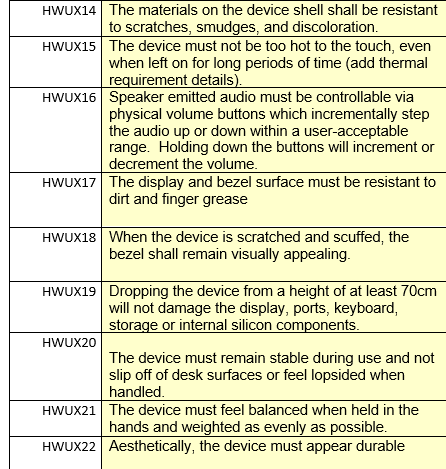

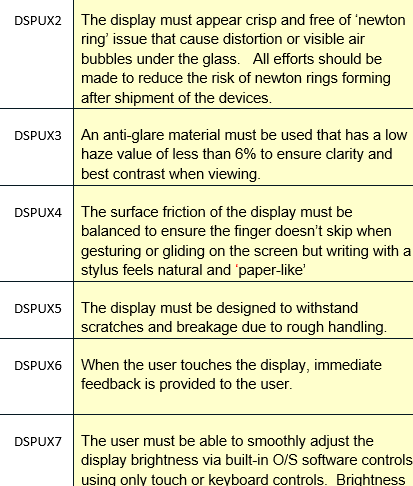
Feedback from user testing and heuristic evaluations was iteratively communicated with the product team during prototyping and manufacturing. I traveled to Shanghai frequently to engage deeply with the product team and negotiate requirements and design priorities/trade-offs based on research findings.

